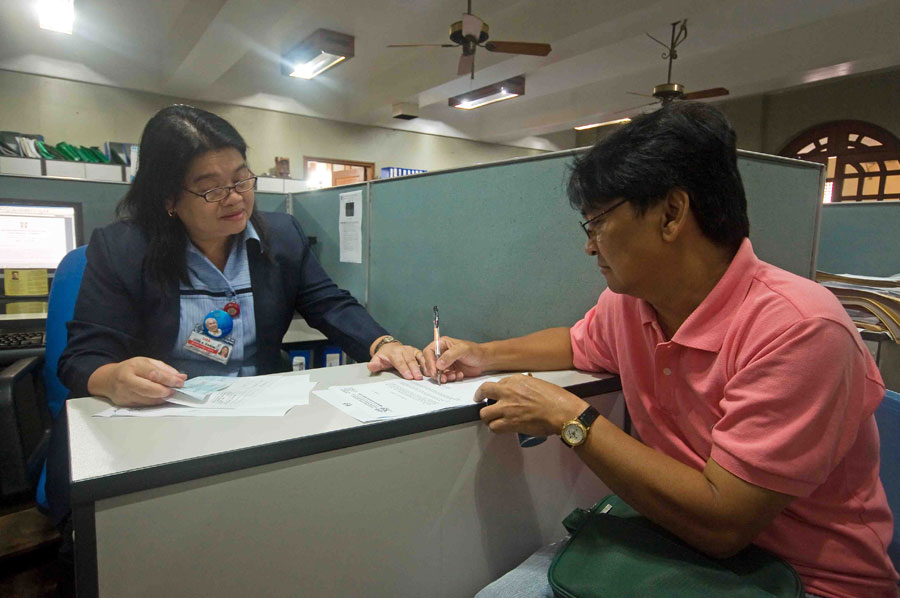
Seafaring is a profession full of potential dangers that include the threat of heavy weather and rough seas, fire, hull damage and other hazards that may cause loss of life. C/E Mark Philip Laurilla tells how seafarers must regularly train to be prepared in case these life-threatening incidents happen aboard their ship.
Fire is one of the biggest threats that could ever happen on a ship. Although ships are made of metal, some vessels carry hundreds of tons of fuel in addition to the various combustible substances that are part of the ship or carried as cargo.
This is the reason why fire drills are held regularly. It provides the means for the crew to practice their designated role in case a fire breaks out on board. Each crewmember has a specific role in a fire scenario– knowing exactly when and how to execute this role is vital in firefighting.
The ship is equipped with various firefighting equipment designed to combat different types of fire. In case the fire breaks out, crews are divided into teams, which have different tasks. But all of them are geared towards extinguishing the fire.
“Abandon ship drill. Abandon ship drill. All hands proceed to your boat station,” declares the PA announcing the start of the exercise. As with the fire drill, each crewmember has a specific role during abandon-ship and must know how to perform this role for a quick and efficient escape from a sinking ship.
Abandoning the ship is the last resort in an emergency situation – an order that is only given when there is no more hope of saving the ship and if it is the only option to save the lives of the crew.
As they always say during basic safety training, the ship is still the best lifeboat. This means that everything possible should be done in order for the crew to return to the ship to ensure safe status. Being on board the big ship offers a better chance of survival and rescue at sea, as compared to a small lifeboat or life raft.
But if the crews’ lives are already in danger as the fire rages out of control or sinking is imminent, abandoning the ship will be the only option. Of course, when the ship is underway, the lifeboat is not actually launched so mustering and boarding are practiced in addition to starting the lifeboat engine. The launching of the lifeboats and running on water is usually done when the ship is at anchor.
Launching of lifeboat and rescue boat is also done at regular intervals. This is to ensure that they are all in good working condition and ready to deploy in case of an emergency. This is also a means to make sure crewmembers are familiar with their operation.
The rescue boat is primarily used to rescue people who fall overboard. Both the rescue boat and lifeboat are required to be periodically launched to ensure their seaworthiness and to practice the crew assigned to operate them.
In C/E Mark Philip Laurilla’s experience, he said the rescue boat was used to board the life boat. “The ship is equipped with a free-fall lifeboat. It is designed to launch quickly by sliding and falling into the water while the crew is inside. But for safety reasons, we decided to just lower the lifeboat into the water by using the davit. After which we manoeuvred the rescue boat alongside it in order for the crew to board and get inside the lifeboat,” C/E Laurilla shared.
“Of course, in case of an actual emergency, each and every one of us is ready to get inside, struck ourselves in and ride the free fall. But we rather saved that for when it is actually needed,” he added. Safety first, he said, as the whole point of the drill is keeping everyone safe.
The crew regularly go through a lot of other types of drills and training while working on board the ship. There are a lot of procedures and life-saving equipment that they need to familiarise themselves with to be effective in their assigned tasks during emergencies.
It gets very repetitive and oftentimes becomes very tedious. But the skills developed by these drills can never be overrated as they might mean all the difference when all hell breaks loose. Because whenever the ship is at sea, there is no one else that the crew could count on to save the ship and their own lives except themselves and each other.
Although ships are full of hazards, which could potentially lead to incidents such as fire, they also carry equipment that is specifically designed to detect and combat such situations. But these are just tools and the effectiveness of tools depend largely on the people using them. Skills are developed through constant practice, which is why drills will always be a part of shipboard life. SF







